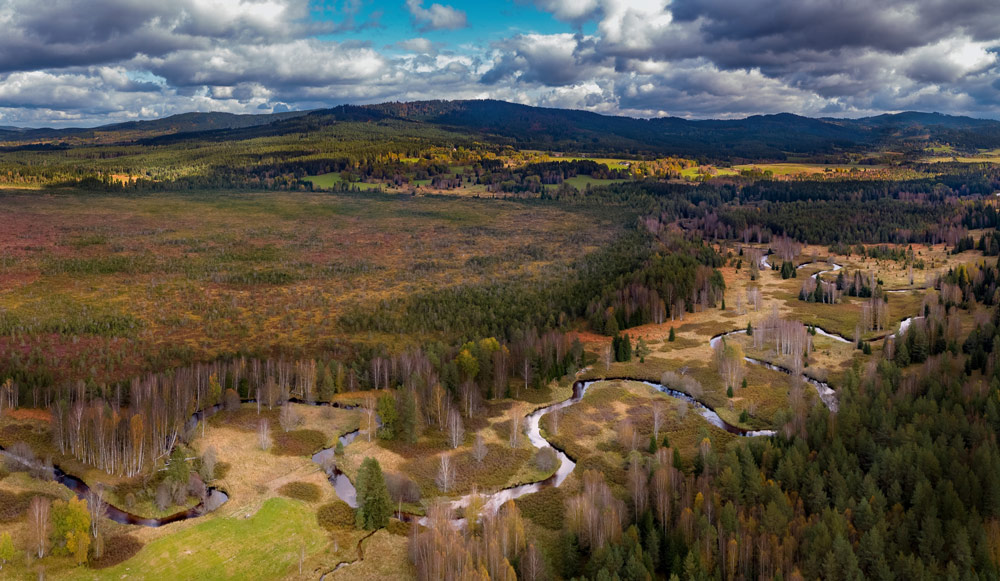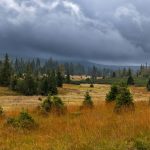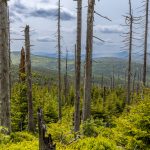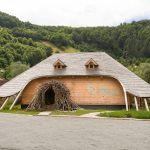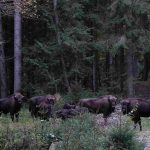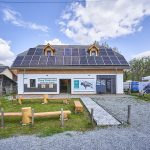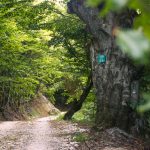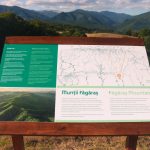Foundation Conservation Carpathia and the Administration of Šumava National Park have signed a five-year cooperation agreement aimed at fostering knowledge exchange and mutual support in scientific research, species monitoring, nature conservation, and ecological restoration. The agreement was signed in Vimperk, at the headquarters of the park administration, by Mgr. Pavel Hubený, Director of Šumava National Park, together with Barbara and Christoph Promberger, Executive Directors of Foundation Conservation Carpathia.
The largest national park in the Czech Republic and Romania’s most ambitious private conservation initiative are joining forces to protect biodiversity, restore habitats, engage local communities, and develop educational programmes, nature-based tourism, training, and communication initiatives. The partnership also aims to create sustainable economic mechanisms to support local communities. It builds on collaboration that began in 2023 through a series of exchange visits between the two organisations’ specialists. By signing this agreement with Šumava National Park, Foundation Conservation Carpathia strengthens its network of European cooperation, following a similar partnership signed in 2022 with the Bavarian Forest National Park in Germany, highlighting its commitment to developing a transnational network dedicated to forest ecosystem protection and sustainable development.
As part of the partnership, study visits will be organised for stakeholders from the project areas: authorities, researchers, journalists, and staff from both organisations to observe first-hand how a national park can operate successfully while being integrated into the social and economic landscape.
“For us, working with Foundation Conservation Carpathia is a source of inspiration,” says Pavel Hubený, Director of Šumava National Park. “We can see how a private conservation initiative aspires to create a national park in much the same way as we envisaged Šumava National Park in the early 1990s. The fact that it is a private initiative means it can consistently follow its chosen course and state its goals clearly from the very beginning. I highlight this because, in Šumava, the state did not initially have a very clear vision for nature protection.
“At the same time, the Foundation involves local communities in shaping the future national park. It offers them support to promote their local products, creates jobs for many of them, and also runs a programme to manage conflicts with wildlife.
“In addition, the area managed by Foundation Conservation Carpathia has much in common with Šumava National Park. Here too, spruce covers large expanses, and the bark beetle (Ips typographus) is also present. There are many secondary forests that have grown after the original ones were cut, as well as forests that have developed on abandoned meadows and pastures, or on former farmland,” adds Pavel Hubený.
“We are pleased to enter this new partnership with Šumava National Park,” said Christoph Promberger, Executive Director of Foundation Conservation Carpathia, “a leading example in Central Europe in terms of nature conservation and community involvement. Their expertise, developed over more than 30 years of managing a large-scale protected area, is extremely valuable for our own conservation efforts and our vision of establishing a national park in the Făgăraș Mountains. We believe there is much to learn from the way Šumava has successfully brought together nature, communities, and the local economy into a functional and sustainable model.”
Šumava National Park – part of Europe’s Green Roof
Established in 1991, Šumava National Park is the largest national park in the Czech Republic, covering 68,460 hectares. Located in the south-west of the country, on the border with Germany and Austria, the park stretches along the Šumava Mountains and, together with Germany’s Bavarian Forest National Park (Bayerischer Wald), forms one of the largest wilderness areas in Central Europe. The landscape is characterised by mountain forests of spruce, fir, and beech, alongside peat bogs, alpine meadows, and wetlands that support remarkable biodiversity.
While some local communities were initially hesitant about the park’s establishment, relations have improved over time through greater involvement in decision-making and the emergence of tangible economic benefits. Today, Šumava National Park welcomes over 1.8 million visitors annually and plays a significant role in the regional economy. Ecotourism activities, themed trails, guided tours, and educational programmes not only support biodiversity conservation but also generate employment and contribute to sustainable local development. One of the park’s most distinctive features is the Boubínský primeval forest, where nature has evolved without human intervention for centuries, creating a truly wild and authentic ecosystem.
